But judging anti-sway bar performance by diameter alone is really not very useful, since OEM bars are often solid while aftermarket bars tend to use hollow material with higher torsional rigidity for any given diameter. As Gary from Mann Engineering — a highly experienced specialist in suspension tuning — pointed out to me in a recent chat on the topic, the number of bends in the bar also affects its torsional rigidity, so a bar with a lot of bends (to clear things like tie rods and exhaust components) needs to use a larger diameter to achieve the same spring rate as a straight bar, all other variables being equal.
To illustrate this point, look at the OEM rear sway bar off Project ASS2000 (’03 Honda S2000) and Eibach‘s rear bar for the car. The OE bar is 27.2mm in diameter and is a hollow bar with a 5.3mm sidewall, giving it a spring rate of 417 lb/in. The Eibach two-way adjustable rear bar is 29mm in diameter, also hollow construction but of unspecified wall thickness, and is rated at 515 lb/in in Position 1 and 605 lb/in in Position 2. So even though the Eibach bar is 1.8mm larger in diameter, which would lead some to believe it’s close to 40% stiffer than stock (if you use the same math as the above G35 example), because it (presumably) has a different wall thickness and perhaps a different material choice (the Eibach bar is made from 4043, or at least its part# suggests as much) than the OE bar, it’s actually just 19% stiffer in Position 1 and 31% stiffer in Position 2.
As you’ve no doubt surmised, the positions and thus stiffness of the bar is adjusted simply by lengthening (softer) or shortening (stiffer)the bar based on the mounting position used to connect it to the endlinks. Using the endlink mounting point closest to beginning of the lever arm shortens the lever and increases its stiffness. Similarly, by using the mounting location closest to the end of the lever, the lever is made longer and its roll stiffness reduced. Whiteline offers quite a good explanation of bar adjustability in the video below.
Now that we’ve covered the basics of how anti-sway bars help control body roll, we can move on to discussing their other primary duty. Automakers and aftermarket tuning companies both use anti-sway bars to adjust the relative front and rear roll stiffness of the vehicle in question, which helps determine how much it will understeer or oversteer when thrown into a corner (in conjunction with the shock and spring package, of course, along with tire compound, wheel alignment and suspension geometry).
This is really what most tuners and go-fast geeks care about, because by changing the relative front and rear anti-sway bar torsional rigidity and roll stiffness, you can dial out any unwanted understeer (where the front tires lose grip and respond less to steering inputs) or even dial in some oversteer (where the rear tires lose grip and allow the tail end of the car to swing around) for activities like drifting, autocrossing or general Ken Block hooning.
If your car suffers from understeer like most factory stock vehicle does (because the automakers like to dial in quite a bit of understeer for safety purposes), to reduce this simply soften the front anti-sway bar or stiffen the rear anti-sway bar. The more common approach is to stiffen the rear bar because it reduces unwanted body roll, whereas softening the front bar would increase it. In the case of the ASS2000, which has very little understeer in stock form and is actually quite tail happy, we upgraded to front and rear Eibach bars because the added roll stiffness will better match the higher grip Hankook Ventus RS-3 tires we’ve equipped it with, plus we wanted the adjustability these bars offer so we can dial in the handling balance to our taste. Plus the Eibach bars are red, and everyone knows red is faster than black (OE bar colour).
Be aware, however, that upgrading your car’s anti-sway bars isn’t without compromise. Because anti-sway bars connect the front and rear wheels on opposite sides of the vehicle, stiffer bars will transmit more road harshness because bumps experienced by the left-side wheels will be transmitted to the right-side wheels. This is especially noticeable over rough roads, where stiffer sway bars tend to result in a harsher ride quality as the bars fight against the abrupt side-to-side movements of the chassis. However, the upside to controlling body roll via stiffer anti-sway bars, compared to doing so with stiffer shocks and springs, is that unlike stiffer shocks and springs, antisway bars don’t make the suspension stiffer in the vertical plane, meaning stiffer anti-sway bars can help control body roll with less compromise to overall ride quality.
Using anti-sway bars to reduce body roll, to maximize contact patch consistency of all four tires, and to adjust handling balance front-to-rear continues to be one of the simplest and most cost-effective ways to help you and your car carve faster corners. You won’t see as much of an improvement from upgrading sway bars as you would from an upgrade that includes adjustable shocks and stiffer springs, but if maintaining civilized street manners while giving your ride improved handling characteristics for under $500 is your goal, you simply can’t beat a high-quality pair of adjustable anti-sway bars from a company with years of experience in the suspension tuning department like Eibach, Whiteline or KW.
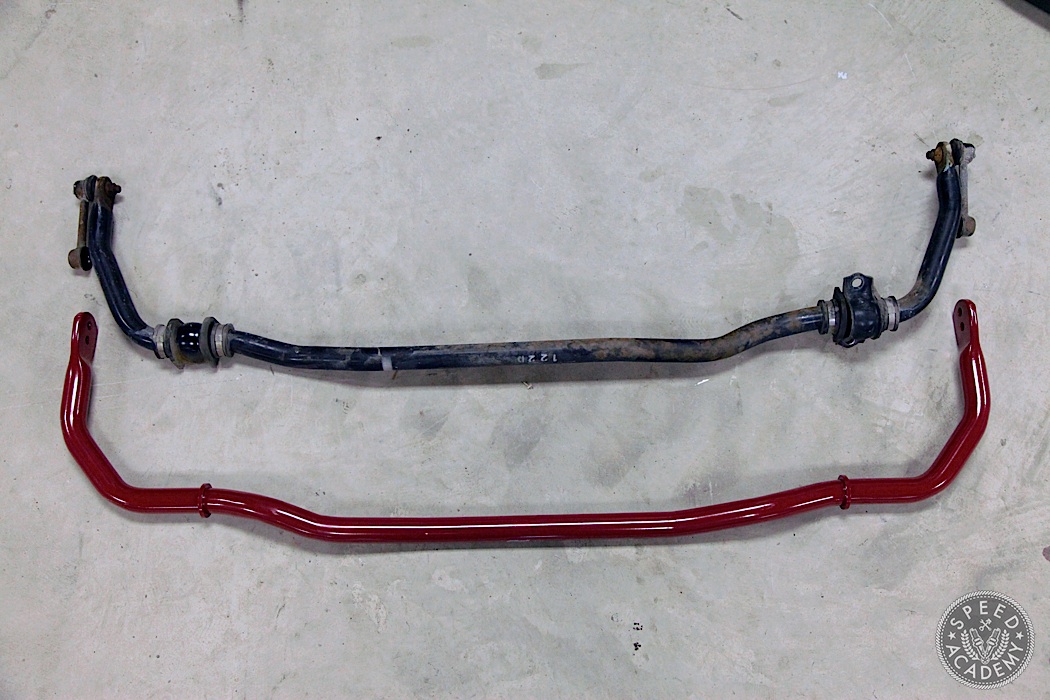
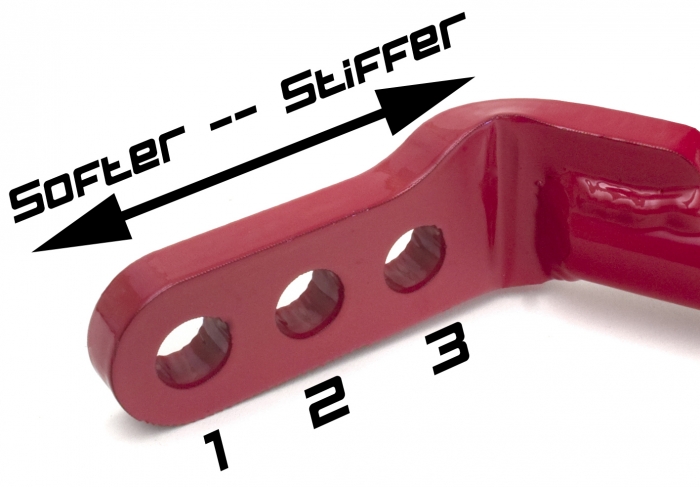
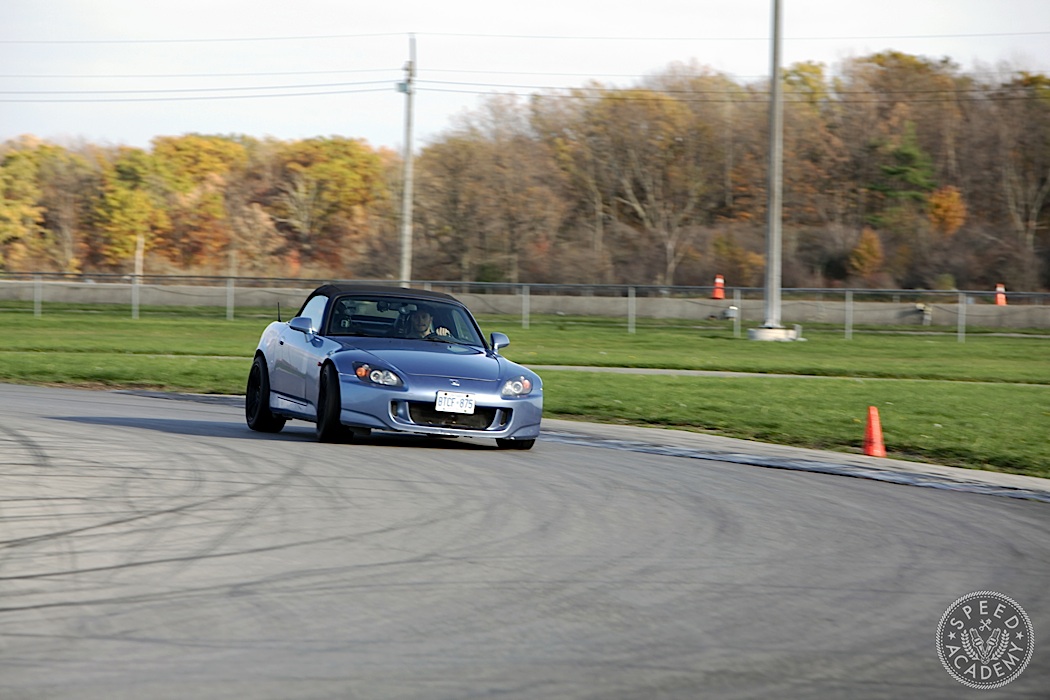
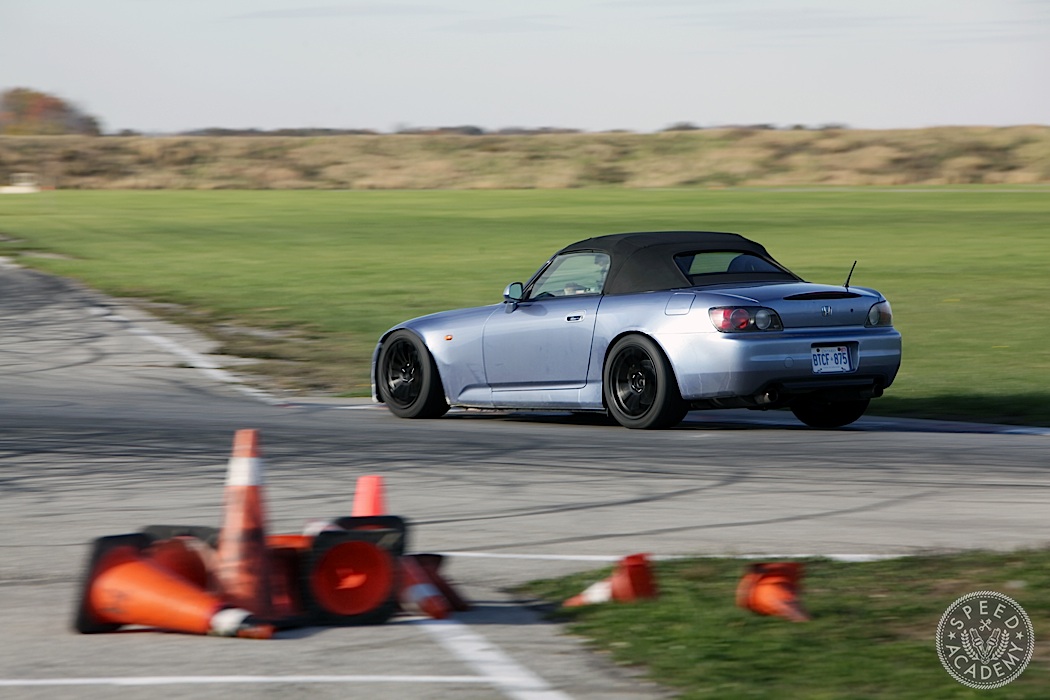

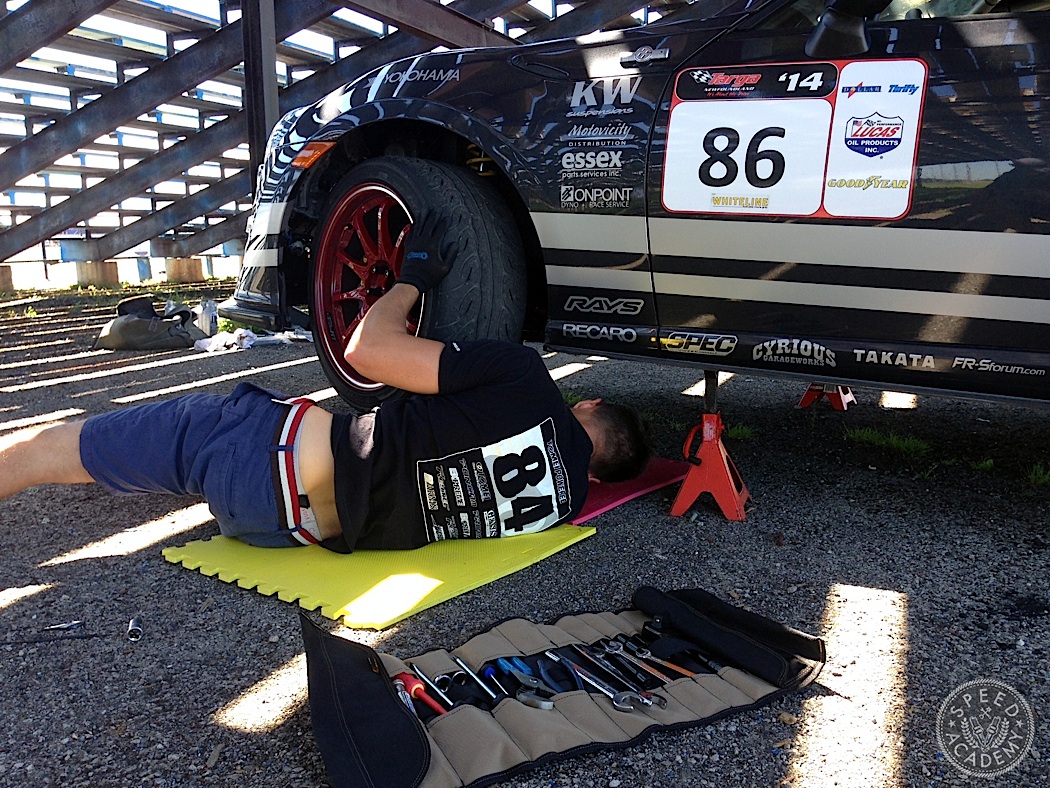
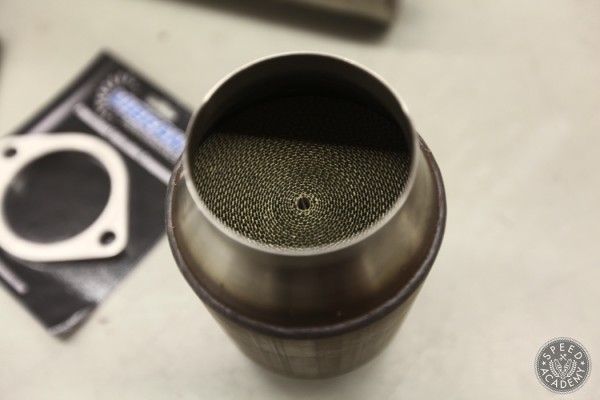
I know that is an older post, but when one is going down the black hole of suspension tuning this article can be quite helpful at any point in time. I am struggling with the idea that the front sway bar acts to help keep weight on the inside tire at the front as stated in this article. My understanding is that as the bar twists from compression of the outside control arm this acts to lift the inside control arm as well (due to the torsion spring effect). Thus the weight of the car fights the weight transfer (roll),… Read more »
Seth, I’ve been reading about sway bars for an hour and I haven’t found a better description than yours about the true behavior of sway bars. I can only add that here is where the front to rear balance between those sway bars is so critical. If both inside wheels get lifted the same amount because of the respective sway bar rates then there is likely to be less cross weight difference (compared to static or non cornering loads) against one or the other outside tires. By the same token, the loads or cross weight balances that affect both inside… Read more »